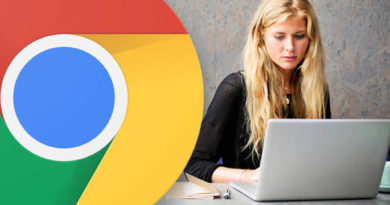Top 3 mobile payment apps in 2020
Great apps to shift your cash while on the move… and here is the top 3 mobile payment apps in 2020 for contactless payments…
1. Apple Pay
Apple likes to make the complex simple, and easy for everyone to do, and their mobile payment offering, Apple Pay is true to that philosophy. There is no app to download, and it works on iPhones, and can be used for online purchases on Macs.
The user provides the credit card information to their Apple account. Then the iPhone is used for the purchase through a contactless payment method at a retail establishment, and it is considered more secure as the user has to verify identity via the Touch ID sensor or Face ID. Users can also easily send cash to each other via an iMessage, or by just asking Siri, the digital assistant. When you receive the cash, it goes to your Apple Pay Cash balance, which can be subsequently transferred to your bank account.
Apple Pay is accepted at about half of US retail locations, including the popular retail establishments of Starbucks, Walgreens, McDonald’s and Best Buy among many others. When using a debit card there is no charge, and for a credit card there is a 3% fee.
2. Google Pay
The Android mobile payment app is Google Pay which comes preloaded on Android smartphones. It is accepted at many retail stores, including Bloomingdale’s, Chick-Fil-A, KFC, Nike and Staples, and also online services such as Airbnb and DoorDash. It claims to be more secure than using a traditional credit card as the card number is not directly sent, and protected via multi-layer security encryption.
Google Pay supports a number of credit cards from a number of the major providers, such as Chase, Citi, Discover and American Express. However, that debit card from your tiny credit union with only three branches is not likely to be on the supported list. However, there is a way to directly connect your PayPal account, and all Visa cards are supported via Visa Checkout. Debit card payments are free, and credit payments incur a 2.9% fee.
Also confusing is the fact that to be able to send money directly to another user (person-to-person transaction), you need a different app: Google Pay Send.
3. PayPal
It seems like PayPal has been around for eons when it comes to online transactions, and with their mobile app they want to move beyond just providing seller protection for online purchases.
These days, they want to deliver direct person-to-person payments, and furthermore, to get into the retail payment space, although you are still more likely to be able to pay online with this service than at the checkout counter. This is due to the lack of support for NFC with PayPal’s app, and only a handful of retailers jumping on the bandwagon to accept PayPal has hampered efforts to date.
A downside of PayPal has been the fees, which can be complicated and difficult to understand as there are so many of them. At least for buying a product online or in-person, PayPal does not charge a fee, nor does it charge for a person-to-person transfer (without seller protection), so you can send some cash to help split a check.
However, while transferring from a linked bank account does not incur a charge, with an Instant Transfer from a linked debit card, there is a transfer fee applied.



